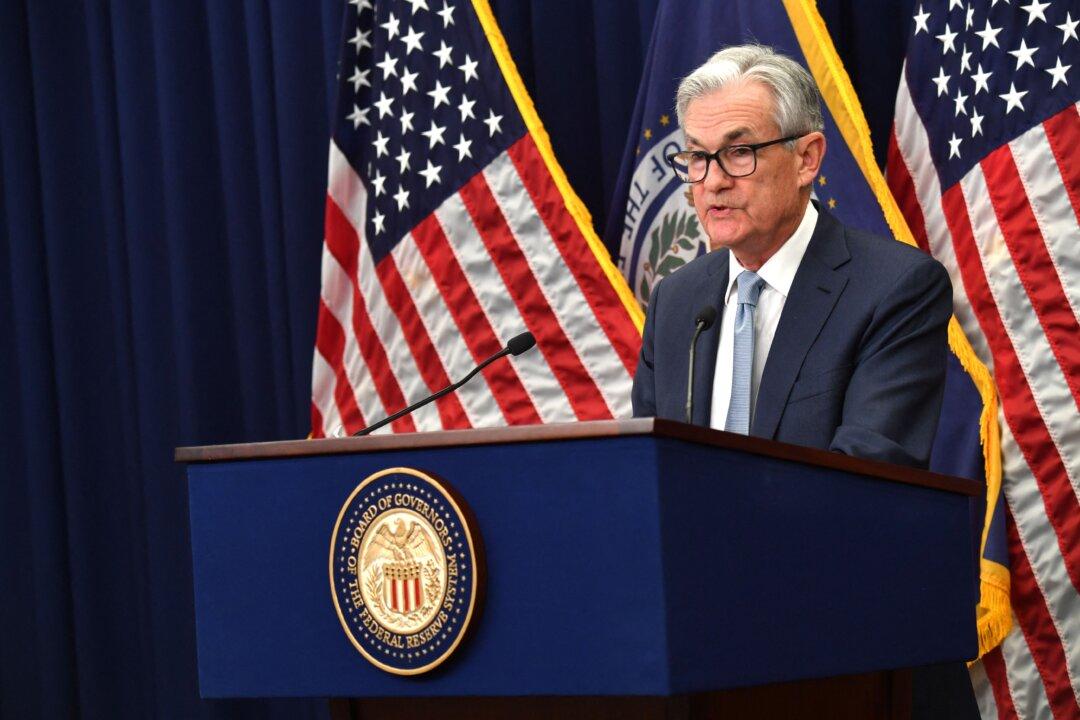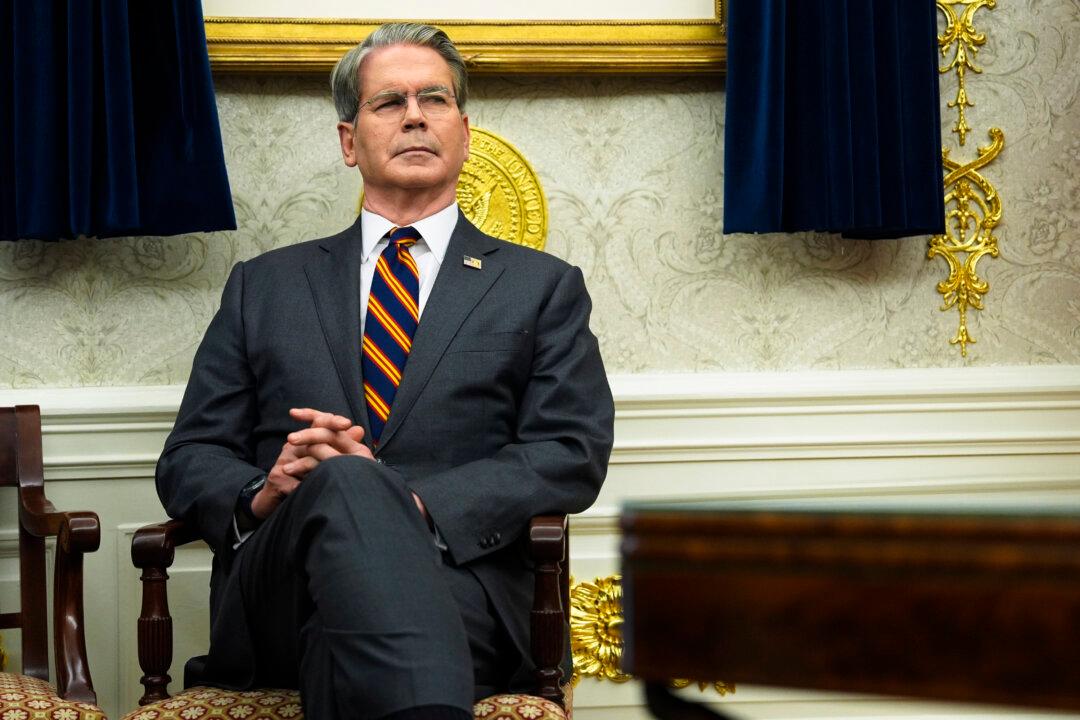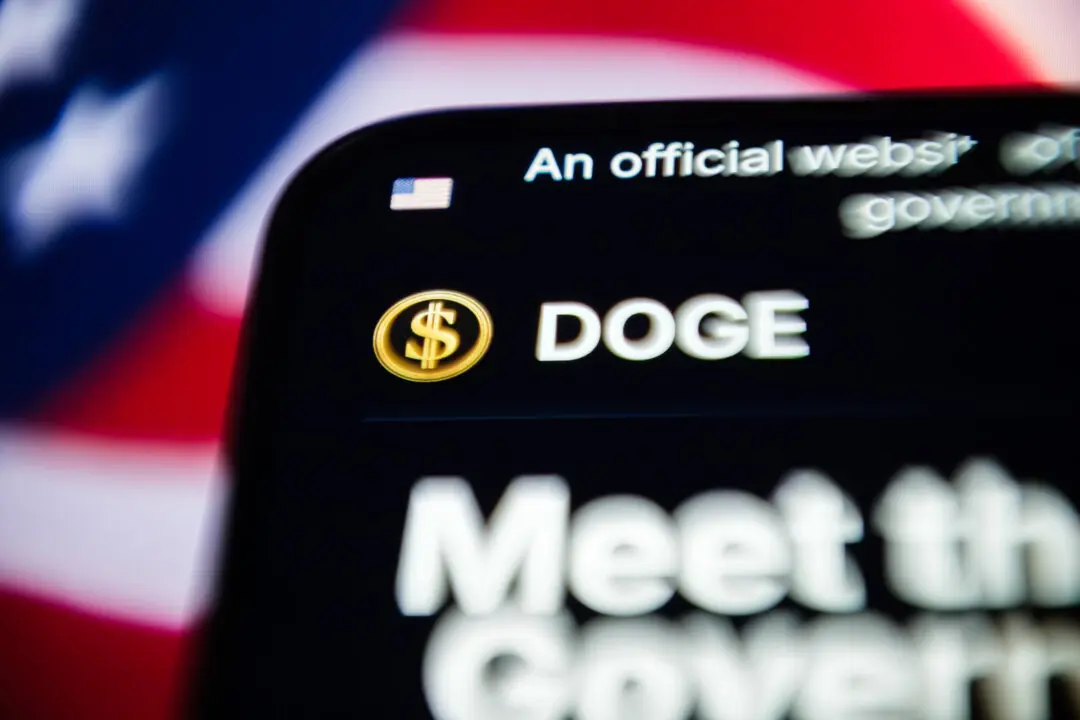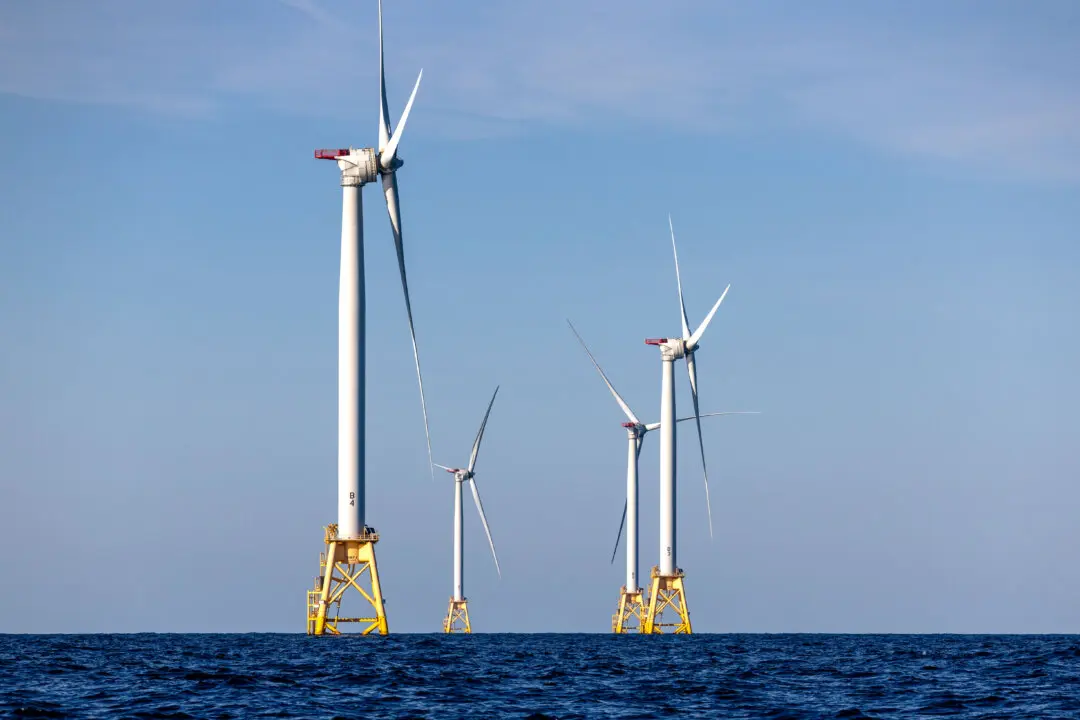Strategists at JPMorgan Chase predict that the Federal Reserve’s emergency lending program to bolster stressed banks could inject as much as $2 trillion into the U.S. banking system, with some analysts raising concerns that the program could fuel inflation or boost moral hazard.
Following the abrupt failures of Silicon Valley Bank (SVB) and Signature Bank, the Federal Reserve rolled out an emergency funding mechanism called the Bank Term Funding Program to ensure banks ample have access to cash to meet depositor demand.





